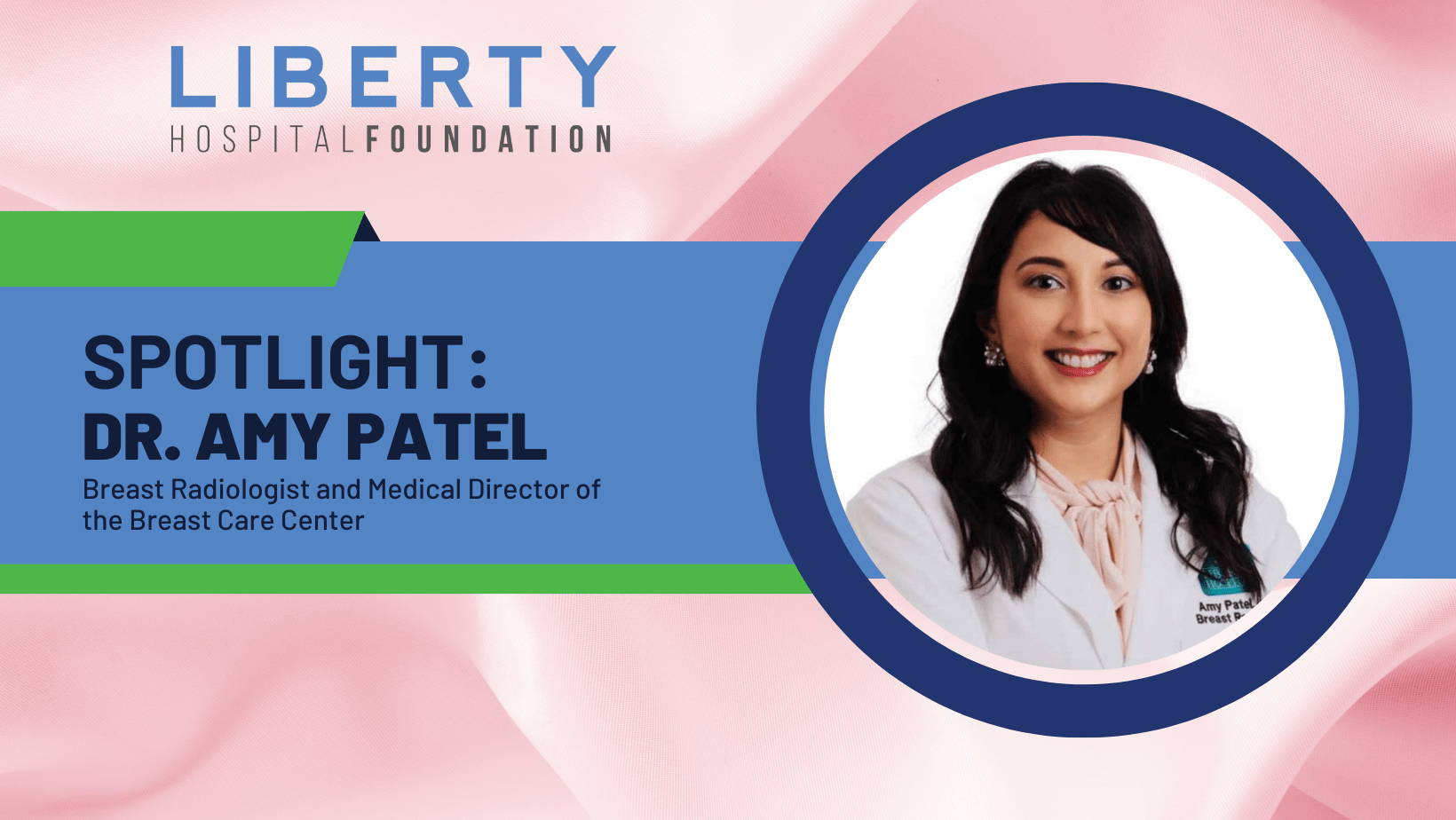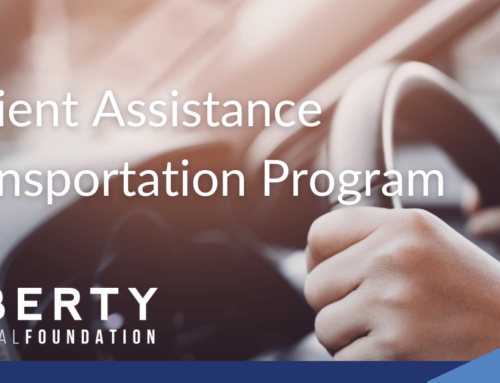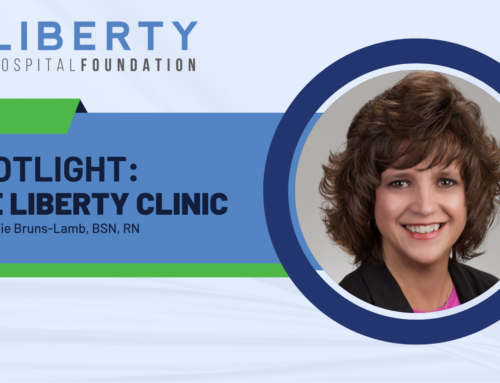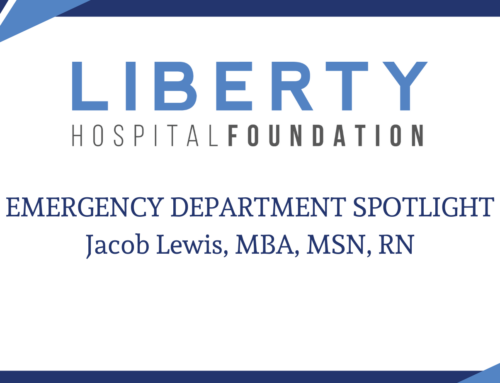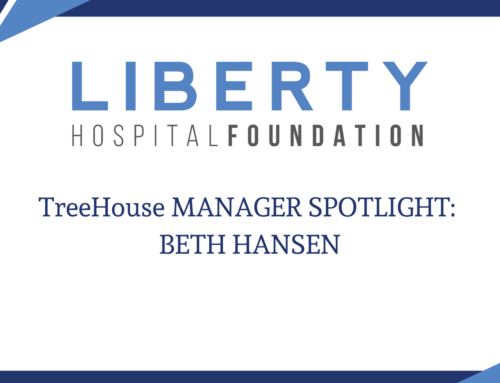Question: Tell us a little bit about yourself
Answer: “I’ve been the Medical Director of the Breast Care Center since 2018, and I have taken over as Chair of the cancer programs since 2019. I am also a partner of Alliance Radiology. I came here in 2018 to build a comprehensive breast program with subspecialized breast care; there was not really a program like it here in the Northwest part of Missouri. I’m originally from the area, in Chillicothe, and I came back from Boston, previously faculty at Harvard. During my time in Boston, I garnered excellent training and expertise; I wanted to take what I had l learned and felt a calling to help the community here that needed it. Since then, it’s gone well and I’m appreciative to be here.”
Question: How has the Breast Care Center grown over the years?
Answer: “Previously, before I had arrived, we were doing some breast care, but it wasn’t all encompassing. For example, when we did a biopsy in the center and it came back a cancer, only 33% of patients would stay with us for surgical, oncology care, and beyond. We’ve been able to increase this number to over 95% of patients who stay for all of their care. We’ve built comprehensive breast care through imaging, a breast MRI program, a 3D mammography program (a large portion contributed by the Foundation), and 3D biopsy mammography capabilities as well. For example, our breast MRI program volume grew over 240%, and the imaging program grew about 40%. There has been other technology adds such as wireless localizations during surgery and AI breast ultrasound imaging that is completely new in my five years here. Comprehensive care has also improved with our genetic counseling program that started in 2020. The first year of this program, the salary and benefits were compensated by the Foundation so that was extremely helpful. Additionally, we built a plastic surgery program. To take care of a patient, it’s not only about radiology, but we also really need a multidisciplinary approach from start to finish. So we’ve grown rapidly, and the technology and support of the Foundation helps us continue our mission.
Question: Tell us more about women in radiology and women’s health care changes with Breast Cancer?
Answer: “Unfortunately, women in radiology is the minority. Around 27-29% of the field is comprised of women, and we’re seeing trends that suggest these percentages will continue to increase over time. When it comes to October and Breast Cancer Awareness Month, and in this specific field, we do tend to see more women than men. Regardless of gender, it’s an important month to come together and make patients aware and to educate not to put off their routine mammogram, evaluating symptoms and getting them properly evaluated, and so on. But this goes beyond women: making sure our transgender and male patients are being seen also. Yes, the awareness is October but we want to push the message beyond October. We need to make sure this is top of mind all year for the community.
Question: What other recommendations or information about Breast Cancer Awareness that our community should be aware of?
Answer: “To start, I am a firm believer that you have to know who is reading your mammogram; you need to call beforehand and make sure it’s being read by a breast imaging specialist because that is the standard of care in this country every patient deserves. With this, there will be a quality in imaging and interpretation with the best equipment. Second, just because a patient doesn’t have insurance, there are resources that can help provide this care. Call us ahead of time, and we’ll figure it out. The Foundation has helped us so much with these instances. Whether it’s a mammogram, ultrasound, MRI or biopsy if you need assistance, there are funds to help.”
Question: What ways has the Foundation been able to help patient assistance and women’s health?
Answer: “In addition to some of the aforementioned projects, we work with the Foundation on the transportation grant through American Cancer Society. Patients who need gas money to come to treatments we help with. Not everyone needs a ride, but sometimes they just need funding. Of course, we’ve very excited about the newly renovated TreeHouse as well. The Patient Resource Room will be a huge addition because there is currently no facility in the Northland that has mastectomy bras, lymphedema garments, wig fittings… there’s nothing like it.” The Patient Resource Room will be ready in mid-2024 and can serve individuals coming from as far away as Iowa being that this will be the closest resource for several major cities. “Having a space like the TreeHouse is a game changer! There are so many patients that stay at the TreeHouse. Whether they need several weeks of radiation or a surgery that requires loved ones to stay for a few nights. Even with insurance, cancer care is still costly. So sometimes something like a hotel room might not seem like a huge expense, but for these individuals already going through so much, this eases just one more burden.”
Question: What makes Liberty Hospital a great place to work?
Answer: “We have a great family-feel here where everyone supports each other to figure out problems and provide solutions. I am so grateful for the Foundation here especially because I have a lot of asks, and I’m never met with a ‘no;’ we always work to find a way. Many health systems are stretched right now and do not have the bandwidth, exacerbated by COVID. Having a community resource like the Foundation here at Liberty Hospital really is a rarity and sets us apart from other health systems.
Thank you for all that you do for the Hospital and Liberty community, Dr. Patel!

